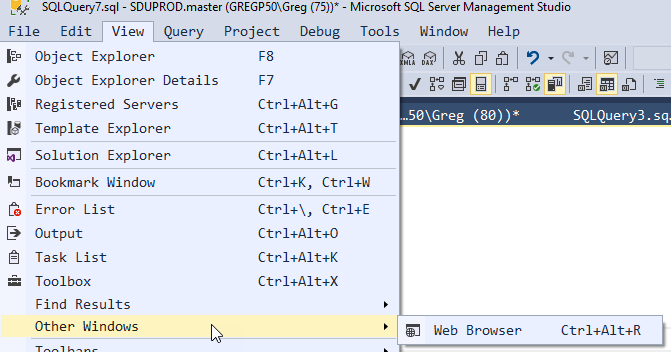SQL: Should we use schemas other than dbo in SQL Server databases? (Part 2)
In a recent post, I described the first reason why I think you should be using schemas apart from dbo in your SQL Server database designs. It was to provide a form of grouping like you use with files in your filesystem, and to avoid prefixes. Now we need to talk about the second main reason for using schemas.
Security Boundary
I need to start by saying that if you’re idea of database design and access is to have an ORM that builds queries on the fly and needs access to the entire database without any form of security control apart from what your application provides, you might as well stop reading this post here.
2018-09-17

